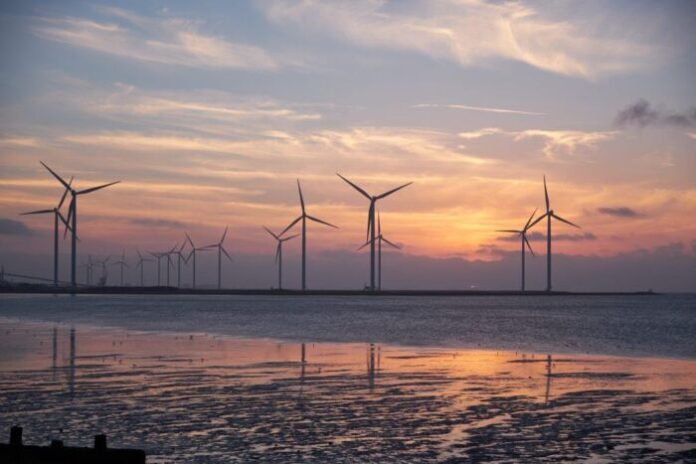
The first offshore wind farm in the Mediterranean will be in Taranto and will begin producing energy as early as this year. Great news, were it not for the fact that the Italian bureaucracy slows down projects so much that when the park comes into operation, it will already be obsolete.
Offshore, which stands for “far from the coast”, indicates precisely the wind farms built in the open sea, where the wind blows much stronger and it is possible to make the most of this clean and renewable energy. Furthermore, if on land the wind power creates a clear visual and environmental impact, at sea this aspect is totally negligible since the blades and turbines are out of reach of the human eye.
Offshore wind in Europe: arm in arm with hydrogen towards 2050
Floating wind power could be hydrogen’s greatest ally in achieving the “zero emissions” target that the European Union has set itself for 2050. This is why, in 2019 alone, ten parks were inaugurated in the Old Continent in five Different countries. All in the North Seas, with an overall capacity of 3.6 gigawatts (GW), half of which in the UK. Here, an off-shore park has been built that extends twice the area of Milan.
Currently the overall capacity of Europe is 22 GW. The road to total decarbonization is still long, but the goal will be achieved if the EU scrupulously follows the Green Deal plan, which provides for an offshore capacity between 230 and 450 GW by 2050. The growth rates they will therefore have to be tightened: 7 GW per year by 2030 and 18 GW per year by 2050.
But why so far have European floating parks only been found in the Northern Seas? The answer is very simple. In 2016 the energy cooperation of the North Seas was born to pursue a coordinated and equal path. Belgium, Denmark, France, Germany, Ireland, Luxembourg, the Netherlands, Norway, Sweden and the United Kingdom have combined resources and infrastructure which have led to the opening of numerous parks.
In Italy a small redemption with Taranto, but the road is still long
Italy, despite the fact that we are talking about floating wind power here since 2010, has always remained one step behind. This year, however, it will be able to redeem itself with Taranto which will open its park. The Taranto one, in reality, will not be a real offshore (offshore), but more a nearshore (closer to the coast) consisting of ten turbines owned by Renexia.
As mentioned before, it will already be an obsolete park. The project has been in place since 2008 and the environmental impact assessment received a positive result only in 2012. Then, Renexia had to clash with the Municipality, the Region and finally the Superintendency of Landscape Heritage before being able to start the work. This is why the Taranto park is already behind despite it has not yet started working: the original project cannot be changed, unless you want to start all the bureaucratic process all over again. Each turbine will have a capacity of 3 megawatts, while those currently produced also reach 10-15 megawatts.
In total, Italy plans to have a capacity of 1000 megawatts of offshore wind by 2030 and the PNIEC (national integrated energy and climate plan) has already “solved” the problem of anchoring the turbines to the deep seabed. The latter are attached to platforms made stable thanks to submarine structures built by Saipem (an Eni company), which is planning to use them also for solar power.



































